Dawes Nomad: First Ride review
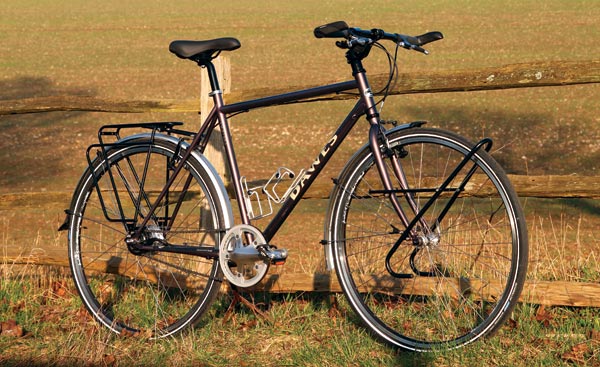
Dawes Nomad
You can trust Cycling Weekly.

Words: Nick Rearden, Photos: Chris Catchpole
Dawes’ new Nomad fits into its touring range alongside such classic models as the various Galaxys and Horizons. The format of wide-ranging derailleur gears and triple chainset mounted on a strong and stable Reynolds-tubed frame is pretty much the standard for a touring bike.
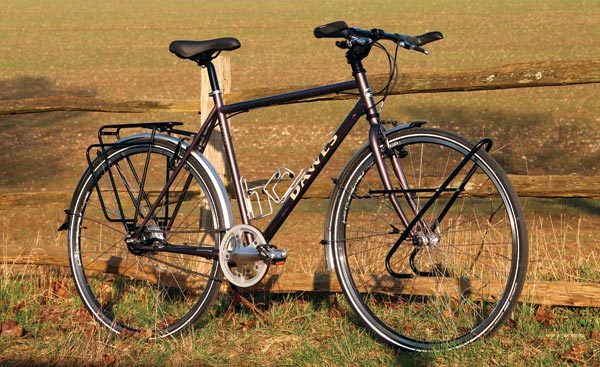
Plus, dropped handlebars in a relatively raised position viz-a-viz the saddle, points to a machine that is designed to ride comfortably for hours on end, up hill and down the proverbial dale. Why change it?
Well, Dawes clearly isn’t aiming to change too much or it would have applied the new features of the Nomad to all those existing bikes, too. This is merely Dawes making a suggestion that maybe, there’s another way to tour.
It has looked across the Channel to where German and Dutch ‘trekking’ bikes are basic transport for moderately ambitious weekenders.
Bike riding is so much more popular among the general population in Holland and it’s considered normal to spend Saturday or Sunday cycling 50 or 60 miles, but spread across the whole day with plentiful cafe and photography stops. For that, why wouldn’t you want to be both comfortable and able to enjoy the benefits of a modern, lightweight bike?
The Nomad has two distinct features designed to counteract the worst fears of any cyclist that doesn’t want to spend their life on maintenance. First, the gear system is fully enclosed in the rear hub and controlled by intuitive thumb-operated handlebar shifters like those on mountain bikes.
Second, the handlebar is straight and fitted with both ergonomic bar-ends for comfortable alternative hand positions and an easily adjustable stem so you can tweak your ride height at the front, even during a ride if you’re feeling like a change.
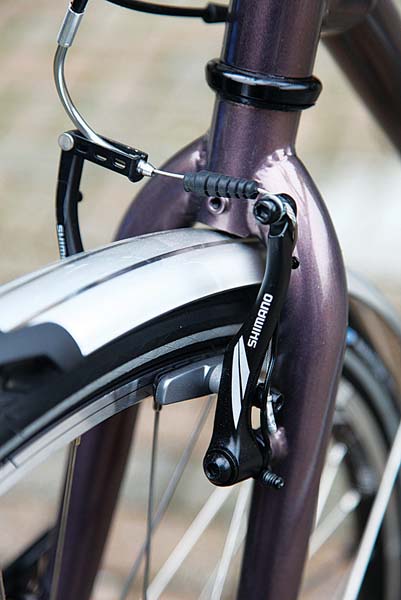
The best or nothing
The overall impression of riding the Dawes Nomad is akin to driving a fine Mercedes estate car. It goes like the clappers on the flat and down hill, with an exquisitely wrought Reynolds-tubed chassis that is stiff enough to counteract the potentially twisting weight that the Nomad begs you to load onto those purposeful Tubus luggage racks.
Up increasingly steep hills, the gears slip into place obediently and silently and, again, that touring frame remains stable without the jitters that can unhinge you on something that’s being pushed to perform out of its league.
The transmission is based on the new 11-speed variant of Shimano’s successful eight-speed Alfine rear hub. The extra ratios open out the total range of gears available without introducing large jumps between ratios — the traditional bugbear of internal hub gears.
The best thing is not having to worry about changing gear at the front, from one chainring to another and then another, as found on a typical tourer with a triple chainset, while you find the perfect ratio to match your output to the incline. Just a straight progression of evenly spaced gears from one to 11, which, by the way, you can select while you’re stationary.
And it’s commuting where you’ll appreciate the benefit of all the gear gubbins being tucked away neatly inside the hub. Relentless day-after-day riding in all weathers isn’t conducive to maintenance-motivation and yet, maintenance is what you need to do on a derailleur-equipped bike if you expect to find it enjoyable to ride when you do get out for fun at the weekend. Just keeping the chain oiled on your Alfine bike will prolong the service intervals by a factor of four, I reckon.
My main and pretty much only concern with this Nomad is that Dawes has fitted an 18-tooth rear sprocket that positions the overall range of ratios too high. I live in a hilly place and favour a relatively high pedalling cadence, but the top gear is too high and the bottom gear not low enough considering that fully laden panniers would easily wipe 5mph off your cruising speed. I would have your bike shop fit one of the alternative larger sprockets available, unless you live in Norfolk.
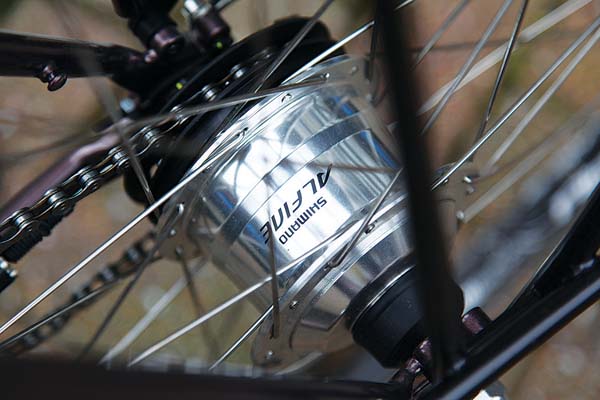
Dawes Nomad £1499.99
Weight 15.02kg / 33lb inc pedals and racks
Sizes 16, 18, 20in
Colour Metallic aubergine
Frame Reynolds 631 butted steel
Fork Cro-mo steel, triple-butted unicrown
Gears Shimano Alfine 11-speed
Wheels Shimano hubs with Alex rims, 36 spokes
Handlebar Dawes with adjustable stem
Brakes Shimano BR-M432 alloy V-brake
Saddle Dawes Tour Gel
Tyres Schwalbe Kevlar Guard Marathon 32mm
Pedals Wellgo W-PD95B
Extras SKS Chromoplastic mudguards, Tubus front and rear luggage racks, Ergon integrated grips & bar-ends
700c v 26in: A question of wheel size
It’s not just on mountain bikes that manufacturers are offering a choice of wheel size. Increasingly, touring bikes too are raising the question of whether a smaller wheel with a fatter tyre might be better if you plan to hit the lumpier trails with your new machine.
That’s certainly what Dawes is thinking and from the outset this new Nomad model will be available with either, according to your preference. That’s one where a test ride at the dealership will help, but as a general rule of thumb, stick with the larger 700c size which rolls better for mostly road use. Go with the smaller 26in size, especially on the smaller frame size, if your ambitions lead you off the roads.
Alternative: Dawes Tanami £499.99
No one’s pretending that the £1,500 Nomad isn’t a pricey bike; if you’re prepared to forgo the Alfine hub and luxury frame, there’s a family of well-priced Dawes trekking bikes of which this Tanami is a good choice. Workhorse mileage will eat the 24-speed Shimano Alivio derailleur gears for breakfast but careful maintenance will help. There are variants still charmingly called ‘Gents’ and ‘Ladies’.

Thank you for reading 20 articles this month* Join now for unlimited access
Enjoy your first month for just £1 / $1 / €1
*Read 5 free articles per month without a subscription

Join now for unlimited access
Try first month for just £1 / $1 / €1
Get The Leadout Newsletter
The latest race content, interviews, features, reviews and expert buying guides, direct to your inbox!

Nigel Wynn worked as associate editor on CyclingWeekly.com, he worked almost single-handedly on the Cycling Weekly website in its early days. His passion for cycling, his writing and his creativity, as well as his hard work and dedication, were the original driving force behind the website’s success. Without him, CyclingWeekly.com would certainly not exist on the size and scale that it enjoys today. Nigel sadly passed away, following a brave battle with a cancer-related illness, in 2018. He was a highly valued colleague, and more importantly, an exceptional person to work with - his presence is sorely missed.
-
 Positive signs for UK bike industry as Halfords cycling sales grow
Positive signs for UK bike industry as Halfords cycling sales growRetailer admits that the impact of Donald Trump's tariffs remains to be seen
By Tom Thewlis Published
-
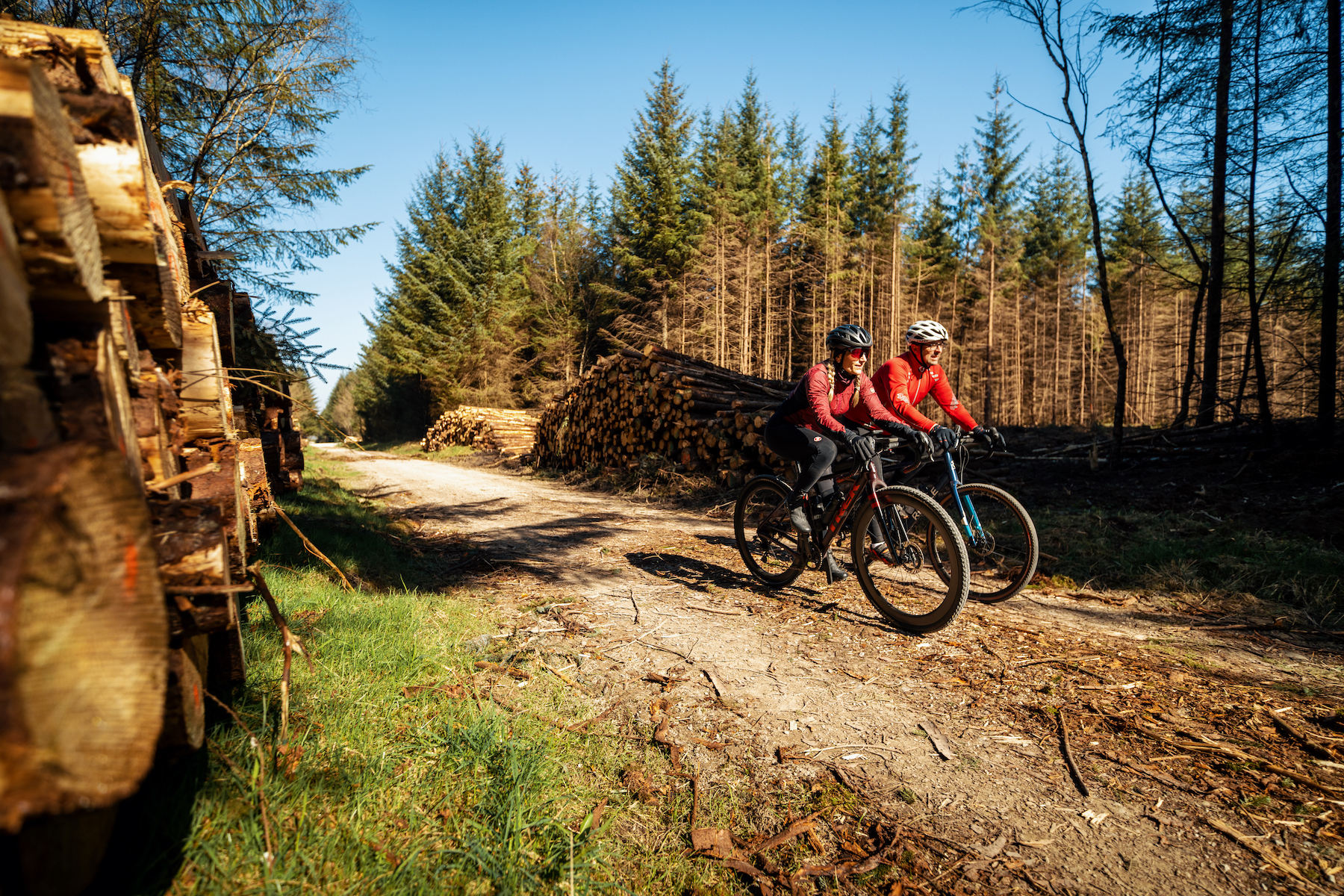 'We don't own gravel - it's a community thing': the spirit of gravel is safe, say British Gravel Championship organisers
'We don't own gravel - it's a community thing': the spirit of gravel is safe, say British Gravel Championship organisersCycling Weekly travels to Dalby Forest to ride the championship course and find out where we go from here
By James Shrubsall Published
-
 'I have been ashamed for days' - Man who threw bottle at Mathieu van der Poel at Paris-Roubaix apologises
'I have been ashamed for days' - Man who threw bottle at Mathieu van der Poel at Paris-Roubaix apologisesIn a letter to Belgian newspaper Het Laatste Nieuws, the assailant apologised for his action on Sunday
By Adam Becket Published